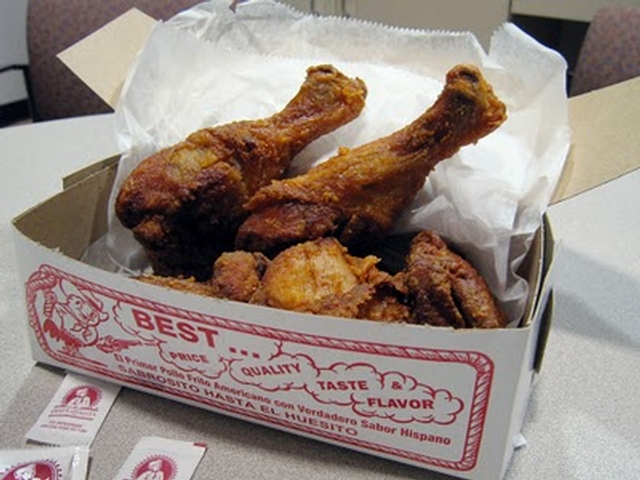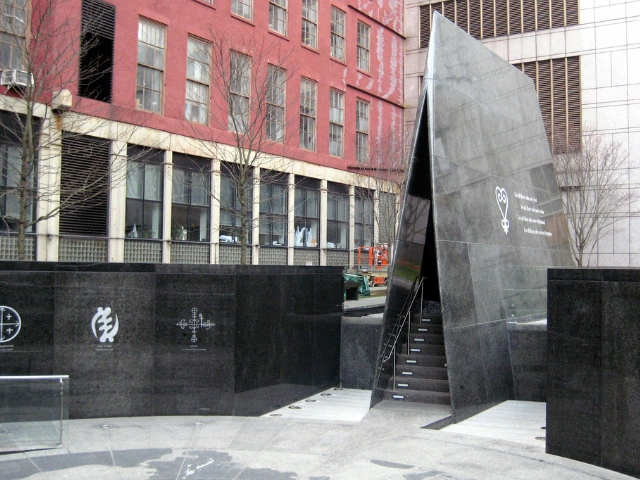Recalling a Revered Singer in Harlem
Published: February 27, 2011
The mezzo-soprano Betty Allen was part of a generation of pioneering black female vocal artists who emerged triumphantly in the 1950s and ’60s, a select group of greats including Leontyne Price, Shirley Verrett and Grace Bumbry. If Ms. Allen never achieved the status or the public renown of her sister singers, she was a distinguished performer who combined a rich voice with musical integrity and scrupulous diction; a devotee of American music; and a favorite of composers as varied as Virgil Thomson, Ned Rorem andLeonard Bernstein. As a conductor Bernstein recruited her often to sing with the New York Philharmonic. Yet she may have had her greatest influence as an educator who taught for decades at theManhattan School of Music and directed the Harlem School of the Arts during 13 high-growth years, becoming its president emeritus in 1993.
Enlarge This Image

Rebecca Cooney for The New York Times
Betty Allen at a 1999 performance at her beloved Harlem School of the Arts.
The latest on the arts, coverage of live events, critical reviews, multimedia extravaganzas and much more.Join the discussion.
Enlarge This Image

John Vignoli/Musical America
Betty Allen rehearsing “Four Saints in Three Acts” with is composer, Virgil Thompson, in 1952.
Enlarge This Image

Louis M�lan�on/Metropolitan Opera
Betty Allen performing “Four Saints” with Benjamin Matthews.
Ms. Allen died at 82 in 2009, and on Monday at theSchomburg Center for Research in Black Culture in Harlem, there will be a tribute program, presented by the center and the New York City Opera, where Ms. Allen served on the board and was a valued artist, making her debut in 1954 as Queenie in “Showboat” and thriving in the mid-’70s in roles like Verdi’s Mistress Quickly in “Falstaff” and Stravinsky’s Jocasta in “Oedipus Rex.” The tribute will include videos of interviews with the irrepressible Ms. Allen, audio clips and performances from former students and City Opera singers.
Born in Ohio in 1927, Ms. Allen was a longtime resident of Harlem. She was quick to talk up her community and invite members of the many boards she served on, including Carnegie Hall’s, to her home not far from her beloved Harlem School. If the larger public did not appreciate the impact Ms. Allen had within her field, this never seemed to frustrate her.
“I don’t stay awake nights plotting and planning,” she said, speaking of her career choices in a 1973 interview with The New York Times. “Maybe I don’t have that extra drive and ambition and energy that makes for a blazing career,” she added. “I need a home, and I need to be looked after.”
In private, maybe. But in public she was a dynamo. I will long remember her teaching an opera workshop at the Harlem School, emboldening her young charges to take on scenes from Handel, Mozart and Menotti, always nurturing yet alert to any fudged rhythms, blurred words or shaky intonation.
I came to know Betty Allen through Thomson when I was writing a biography of him. Her first prominent engagement came in 1952 when Thomson chose her for an important New York revival of his opera “Four Saints in Three Acts,” with a text by Gertrude Stein. Singing a tiny role in that all-black production was a young soprano just out of Juilliard named Leontyne Price, who had become good friends with Ms. Allen when they both attended Wilberforce College in Ohio.
Ms. Allen loved “Four Saints” for its wondrous mix of nonsensical language, deceptively simple music and beguiling spirituality. Her only performances under the auspices of the Metropolitan Opera came in 1973 with a special production of “Four Saints” at the Vivian Beaumont Theater, Lincoln Center.
She remained loyal to Thomson. In 1962, having received a grant from the Ford Foundation to commission a work for a recital at the Metropolitan Museum of Art, she asked him to write her a song cycle. At the time she was living in Stamford, Conn., with her husband, Edward Lee. Soon after contacting Thomson, she received in the mail a packet of poems by D. H. Lawrence — Thomson’s suggested texts for the cycle. Though she had a hearty manner and liked to laugh, Ms. Allen was a woman of great personal dignity. When she read the Lawrence poems, she was shocked, as she told me in a 1989 interview for the biography.
The poems were all about “carnal love,” she said. One depicted “a woman standing in the doorway gazing longingly at her husband, stripped to the waist, handsome in the fields,” Ms. Allen explained, and the woman “is practically panting for him to come to her.” Most of the poems were about “mammals copulating,” as she put it, scrunching her face in disdain.
She stewed for days. When Thomson did not hear from her, he got the idea. So he sent another packet with a note saying: “I see you don’t think much of the Lawrence poetry. I’m sending you some religious poems. You can’t find fault with the Bible!”
Ms. Allen was relieved and pleased, and sang the resulting cycle, “Praises and Prayers,” at the recital. For that program she was accompanied in Ravel, Schubert and Grieg songs by Paul Ulanowsky, a fine pianist. Thomson insisted on playing the piano in his own work, a mistake as it turned out. A live 1963 recording on the CRI label attests to his clinker-prone playing. Still, the songs won wide critical praise. And the New York Herald Tribune critic John Gruen wrote of Ms. Allen: “Her diction is faultless, her musicianship never less than gratifying, and her voice an instrument of great resourcefulness and strength.”
Those who revered her, along with those who never heard her, will have a chance to learn about this greatly missed artist at the Schomburg.
The Betty Allen tribute is Monday at 7 p.m. at the Schomburg Center for Research in Black Culture, 515 Lenox Avenue, at 135th Street, Harlem; (212) 721-6500, nycopera.com.
A version of this article appeared in print on February 28, 2011, on page C1 of the New York edition.








 Life-sized figures illustrate a burial ceremony at the African Burial Ground's small visitors center, which opened in 2010. (DNAinfo/Josh Williams)
Life-sized figures illustrate a burial ceremony at the African Burial Ground's small visitors center, which opened in 2010. (DNAinfo/Josh Williams)








